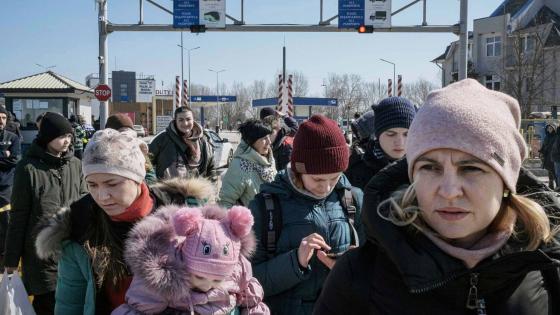DP12718 (The Struggle for) Refugee Integration into the Labour Market: Evidence from Europe
In this paper, we study the labour market performance of refugees vis-à-vis comparable migrants across twenty European countries and over time. In the first part of our analysis, we document that labour market outcomes for refugees are consistently worse than those for other migrants. Refugees are 11.6 percent less likely to have a job and 22.1 percent more likely to be unemployed than migrants with similar characteristics. Moreover, their income, occupational quality and labour market participation are also relatively weaker. The refugee-migrant gap remains sizeable even after controlling for individual characteristics as well as for unobservables using a rich set of fixed effects and interactions between area of origin, entry cohort and destination country. These gaps persist until about 10-15 years after immigration. In the second part of our analysis, we investigate the role of economic and asylum policy conditions at the time of arrival in shaping integration paths of refugees versus migrants. First, we find that immigrating in a recession produces scarring effects for all migrants but no differential effect for forced migrants, leaving little role for this channel to explain observed refugee gaps. Second, we focus on the impact on refugees of being subject to spatial dispersal policies. Our estimates imply that dispersed refugees experience a persistent impact on their residential choices and substantial long run losses in their economic integration with respect to non-dispersed refugees.


